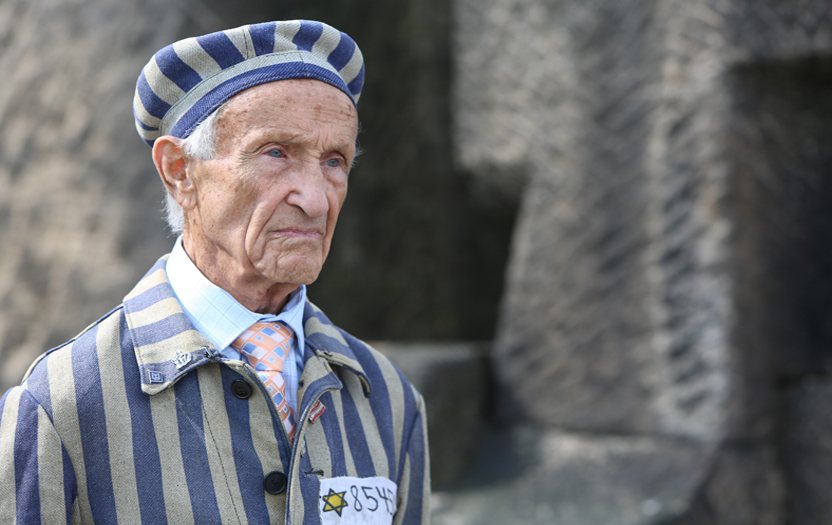
DESTINATION UNKNOWN
Seventh Art Releasing
Director: Claire Ferguson
Written by: Jonathan Key
Cast: Cesia Mosberg, Ed Mosberg, Mietek Pemper and others
Screened at: Critics’ link, NYC, 10/18/17
Opens: November 10, 2017
Amon Göth went beyond the call of duty but hardly in the way that we’d approve. As commandant of the Kraków-Plaszów concentration camp, Göth would be expected to keep the extermination facilities well organized. And like other commandants of the many camps, mostly in Poland, he would hardly shed a tear if thousands of Jews behind barbed wire tied by shooting, gas, typhoid or what-have-you. But Göth was sadistic enough to kill Jews not by ordering lesser officials to do the repugnant action. He took lives with his rifle here and there killing dozens of prisoners himself. In the movie “Schindler’s List,” his role was played by Ralph Fiennes.
Oskar Schindler went beyond the call of duty in a polar opposite way. He was a member of the Nazi party loyal to the cause, but something happened within his psyche that made him do an about-face. While never resigning from the party when he no longer could see the point of mass murder, he used his status as an industrialist making enamelware and ammunition to convince Göth to let him take hundreds of Jews to his factory. He then negotiated to keep them alive and working, stating that the work was necessary for the German army. His role in Schindler’s list is played by Liam Neeson.
One person is pure evil, ultimately hanged (though there is some question of whether it was he who was executed); the other is a saint, becoming the only Nazi honored in Israel with the title Righteous Among the Nations and buried on Mount Zion in the Jewish capital, Jerusalem.
History buffs and movie fans probably know all this, but the information is worth repeating. Enter Claire Ferguson’s documentary “Destination Unknown,” which captures testimony by survivors, mostly by people who were actually in the death camps some seventy years ago. The film has some limitations in that we do not see the actual functioning of the ghettoes. Many other films deal with the daily misery. The subjects are interviewed as Ferguson circulates each, getting some facts here, then switching to another survivor, then returning to the original testifier. Almost all speak English: the film provides English subtitles footnotes who are difficult to understand because of their European accents.
Current testimony is backed up by archival films, the entire project giving the feel of a home movie, the survivors giving sometimes tearful commentary on the loss of their entire families. Either for budgetary reasons or Ferguson’s preference, she makes these folks more real by shunning expensive photography and a more artistic format. The heroes of the film other than Schindler are the partisans who resisted the occupation and the Russians, who liberated several camps. These people are shown in 8mm film decently preserved. All serves as a record of Hitler’s insanity to be stored with enormous footage. But Claude Lanzmann’s masterpiece “Shoah” is the masterwork including the views of pro-Nazis who are tricked by the director into admissions of hatred, many feeling that they did nothing wrong or that Jews deserved their punishment.
If you’re looking for excitement, take in “Schindler’s List” since director Ferguson has no intention of competing with slick Hollywood filmmaking. If on the other hand you want a sober look at the suffering of the Jewish people during the War, you can’t go wrong with capturing these stories by people who actually lived through the terror
Unrated. 81 minutes. © Harvey Karten, Member, New York Film Critics Online
Comments, readers? Agree? Disagree? Why?
Story – B+
Acting – A-
Technical – B+
Overall – B+





